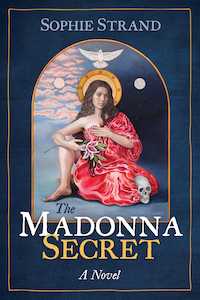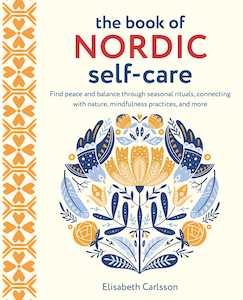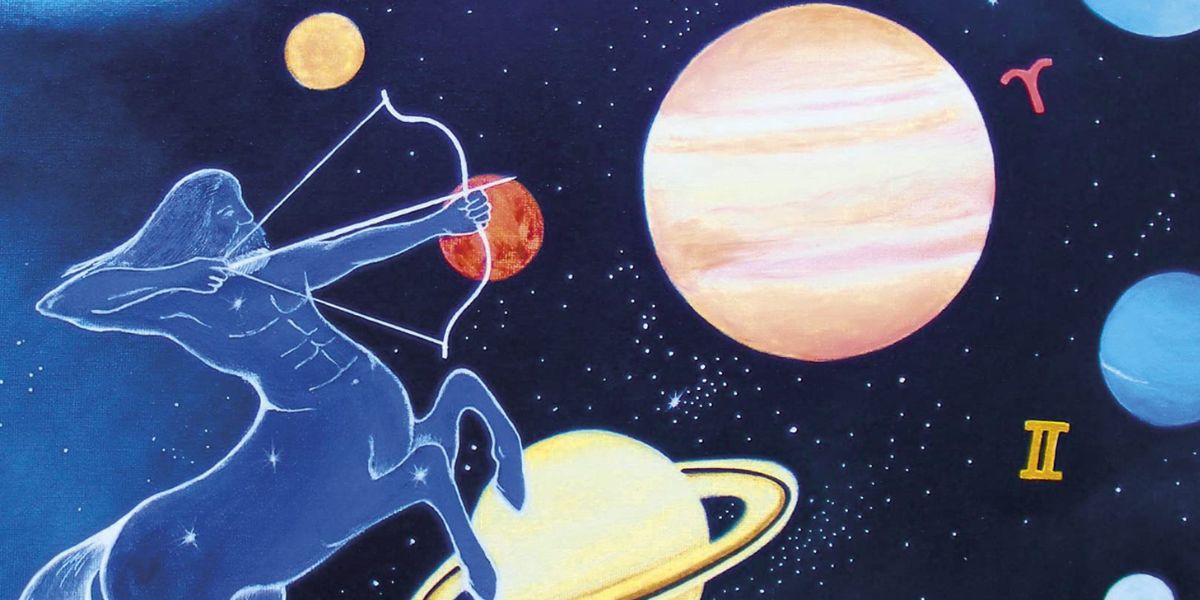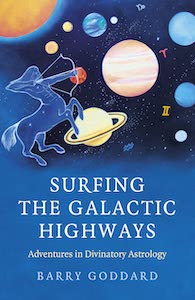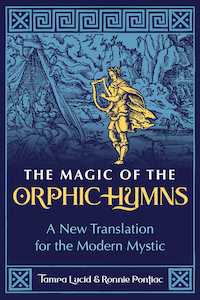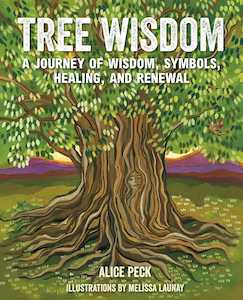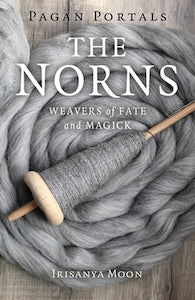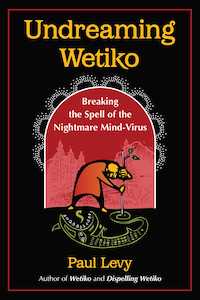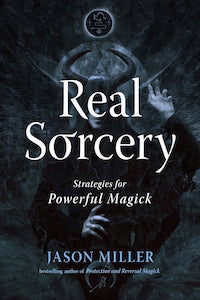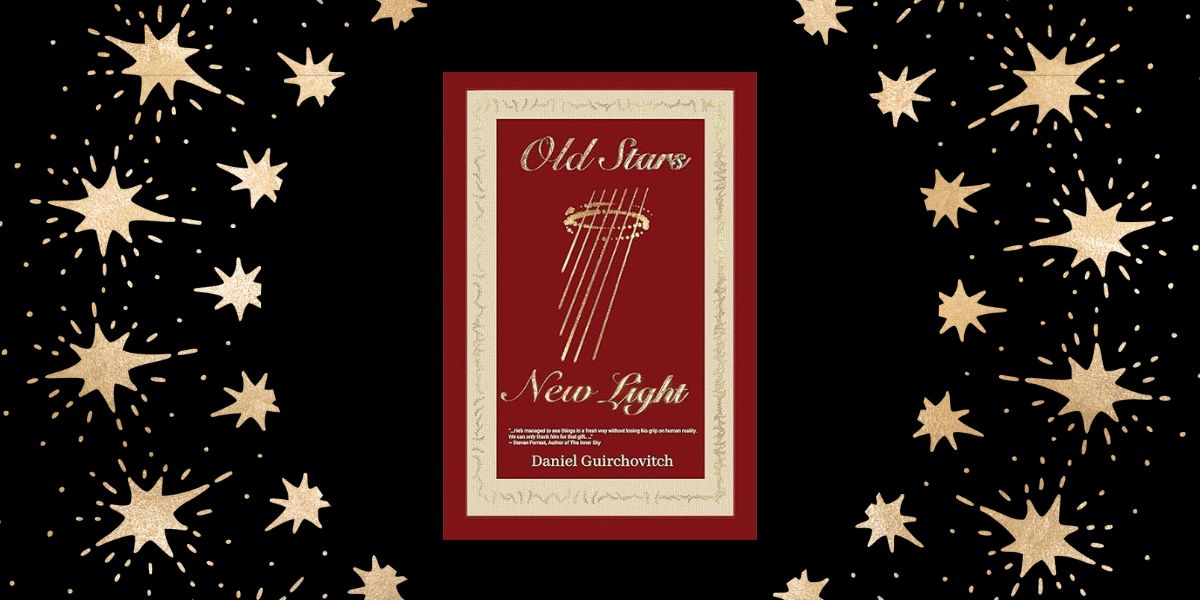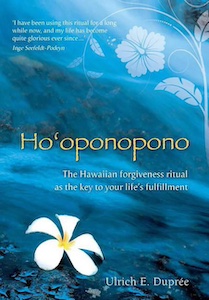
Ho’oponopono: The Hawaiian Ritual of Forgiveness, by Ulrich E. Duprée
Earthdancer Books, 978-1644118801, 112 pages, September 2023
“Ho’oponopono is a simple way to regain unity, inner peace, and harmony.”1
The quote above is a deceptively simple statement about a practice that in application is difficult for one to embrace, particularly in a society that is hyper-vigilant about who has done what to me. How can I retaliate when forgiveness is not part of the equation. Ho’oponopono: The Hawaiian Ritual of Forgiveness by Ulrich E. Duprée is a small, yet powerful book of self-healing and forgiveness so that we may offer the same state of grace to others.
“Ho’oponopono is a way of solving and resolving internal and external problems and conflicts while at the same time healing relationships: your relationship with yourself, with other people, and with your environment.”2
Ho’oponopono is separated into four main sections with an introductory portion entitled, “The Adventure Begins”. The reader immediately is drawn into the concept that the practice of Ho-oponopono is more than simply reciting special words, offering up specific emotions, and then going about your daily activities until the next “flare up” that needs forgiveness arises. It is indeed an adventure that requires self-reflection, honesty, and most importantly a continued stance of SELF love and forgiveness. Duprée gently reminds the reader throughout that the reconciliation at the level of self is first and foremost in the deeper meaning and success of the Ho-oponopono practices.
The subsequent sections–“What is Ho-oponopono?”, “The Spiritual Laws-Ho’oponopono in Practice”, and “The Desire For Peace”– take the reader through the nuts and bolts of the history and evolution of the Ho’oponopono ritual and its application within any culture’s beliefs. Duprée also masterfully weaves core principles of living in harmony with all life, respect for all life, and the interconnectedness of all life.
I especially took note of the section, “The Core of the Simplified Ho’oponopono”. This core has been rendered down by Duprée into four statements:
As soon as something annoys you, whenever you feel like turning around and running away from a situation, and especially whenever someone is “pushing your buttons”, please join me in first saying to yourself:
I’m sorry.
Please forgive me.
I love you.
Thank you.3
He discusses each at length, and although the initial response of many would be that of feeling a contradiction to forgiveness towards the situation/individual that you feel victimized by, this speaks volumes to the verbiage of we are all connected and the actual implementation of recognizing that in the heat of the moment.
There are many exercises throughout Ho’oponopono that are brief in what is asked, but if used wisely, reveal and transform the reader’s perspective and view of themself, others, and our collective place in the world.
Duprée covers multiple aspects of humanity’s existence and these are woven into the Ho-oponopono practices of restoring health, balance in work and home, global implications, and challenges and ultimately the desire for peace and everyone’s role in that aspiration.
Would I recommend?
Ho’oponopono is one of those rare books that looks by appearance to be a “light” read, suited more to those who have interest or personal resonance with Hawaiian practice and spirituality. But there is nothing “light” about this book, other than perhaps the enlightened state that is possible for those who take the time to read, self-reflect, and then apply. This should be a required read for everyone who has felt victimized, who desires harmony, who seeks to be the “change” we often speak of, who wants to remember that regardless of race, ethnicity, religion or geographical location, we all want to acknowledged, heard, loved and feel safe in giving love and forgiveness. Ho’oponopono is absolutely point-on for these troubling times. It’s definitely a keeper and a life-long lesson to be referenced frequently.
About the Author:
Ulrich Emil Duprée is a spiritual seeker, visionary, and seminar leader. He has studied both Western and Eastern philosophy and lived in a Hindu monastery for four years. He has taught Ho‘oponopono, the ritual of forgiveness, since his mystical initiation by a Hawaiian Kahuna priest in 2009. The is also the author of Family Constellations. He currently lives in Germany.

Robin Fennelly is an Elder within the Assembly of the Sacred Wheel Tradition [www.sacredwheel.org]. She is a dancer, teacher, astrologer, author, ritualist and seeker of all things of a spiritual nature. Her writings and classes incorporate a deep understanding of Eastern practice and Western Hermetics and bring a unique perspective towards integration and synthesis of the Divine and Mundane natures of our being. She is a mother of five and lives in Eastern PA with her husband of 45+ years.


